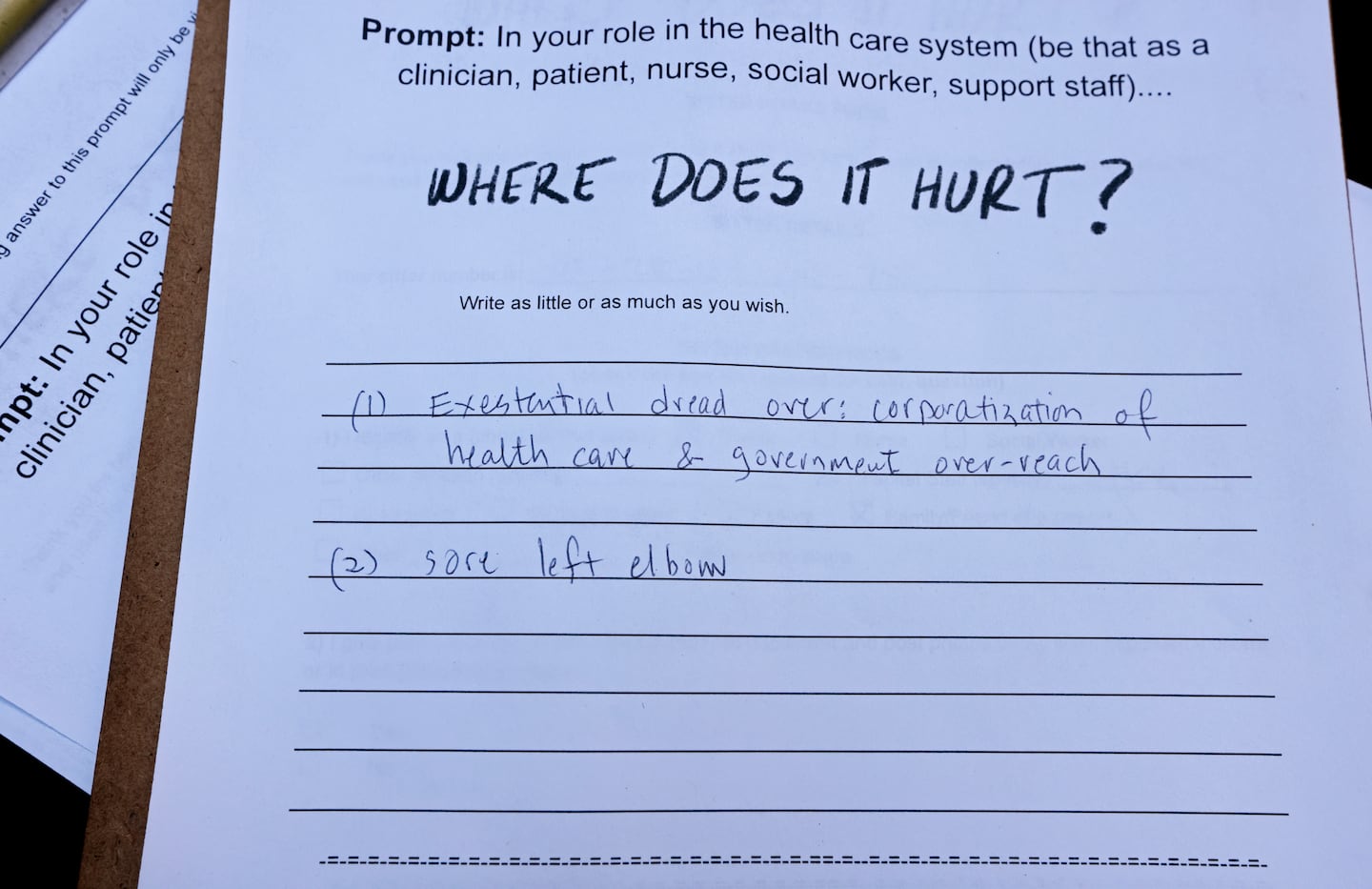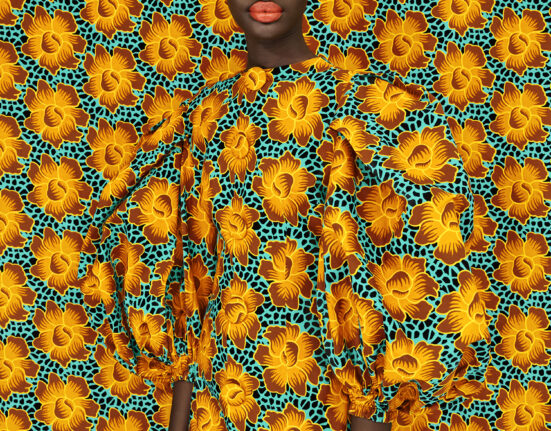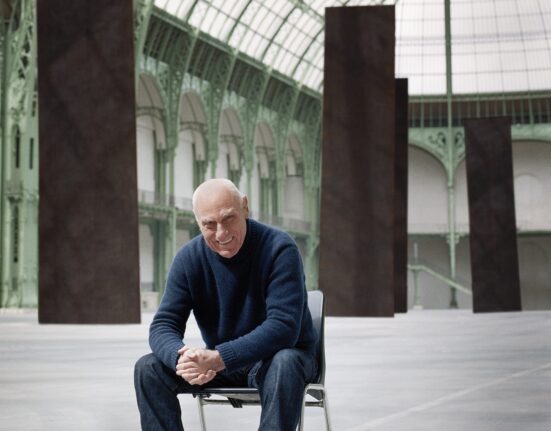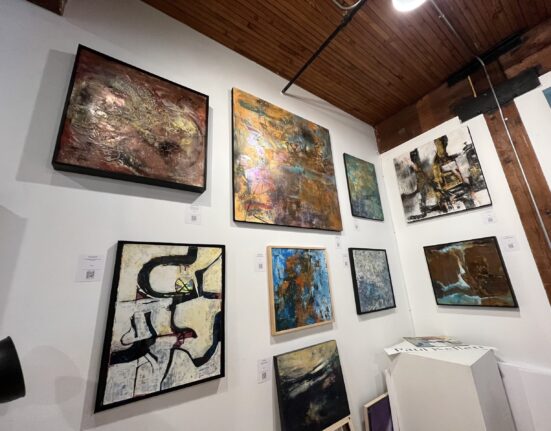
Pat Greenhouse/Globe Staff
Lacy and collaborator Hugo Hernandez launched “Where Does It Hurt?” in Los Angeles in March, where they had about 100 sitters. In Boston, their second stop, they’ve had closer to 400. “Boston is fired up right now,” Lacy said.
This summer, they hope to visit Geisel School of Medicine at Dartmouth College, and Cleveland facilities in the fall.
Lacy explores the healthcare system’s toll on its personnel, and more. “Why does it matter that it’s a human in front of a patient?” she asked. “On a spectrum of artists to AI, where is the doctor?”

Pat Greenhouse/Globe Staff
Where to find her: www.marylacyart.com/where-does-it-hurt
Age: 34
Originally from: Jericho, Vermont
Lives in: Belchertown
Making a living: Lacy’s work as a mixed-media artist pays her bills.
How she started: In 2023, she went to a conference of artists and medical professionals. At the end, one participant raised his hand. “’This weekend was amazing,’ he said. ‘But I have 15 minutes with my patients Monday morning. How do I apply any of this?’ And the room exploded,” Lacy said. “To me, as an artist, that’s a prompt. My profession is to build bridges between silos. That was a call-to-action moment.”

Pat Greenhouse/Globe Staff
What she makes: “Conversations,” Lacy said. One doctor told her that despite the fear and stress during COVID, “she felt seen – all the work they do,” Lacy said. “And she said, ‘It has to get better after this. If this doesn’t do it, nothing will.’ But she said it’s only gotten worse.”
Then there are the NIH cuts. “It’s not just researchers that are writing about it,” the artist said. “Doctors are writing about how much they need researchers.”

Pat Greenhouse/Globe Staff
How she works: “Where Does It Hurt?” started with deep reading, meetings, and emails. Then came the performance: “From 10 a.m. to 6 p.m. every single day I have 15-minute appointments. Everyone books in advance. They’re given a reminder email and asked to show up a few minutes early,”, Lacy said, to fill out the intake form. “When they enter the exam room I start the clock.”
Advice for artists: “Trusting myself as an artist, what I see, what I believe, and what I have to say is where my power is and where my best work comes from,” Lacy said. Also, she counseled: Collaborate. Hernandez provides strategy; she makes the artwork. “Where Does It Hurt,” she said, “is the creative brain of two people.”

Pat Greenhouse/Globe Staff






